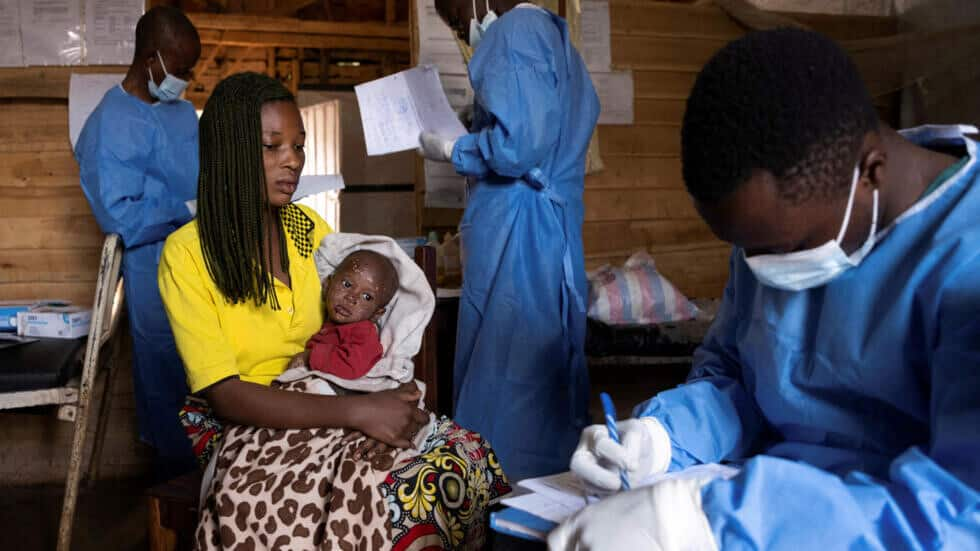
What's the 'crying' disease in Congo that has killed 60
What's the story
A mysterious illness has killed at least 60 people in the Democratic Republic of Congo (DRC), the World Health Organization (WHO) has said. The organization reported a total of 955 cases across two villages in the country's northwest region as of February 19. Initial investigations traced the first outbreak back to three children who fell ill and died after consuming a bat carcass.
Disease impact
Symptoms and fatality rate of the mystery disease
The symptoms of this unidentified illness are fever, chills, headaches, cough, vomiting, diarrhea, abdominal pain, and stiff neck. Crying is also one of the symptoms reported by patients. In some cases, patients have also shown blood in their vomit and stool. The Bolomba cluster reported 12 cases with eight fatalities, while the Basankusu cluster recorded 943 cases, resulting in 52 deaths. Notably, the time span between symptom onset and death is often just 48 hours.
Vulnerable group
Children under 5 most affected by mystery disease
Children below five years have been the worst affected by this disease, comprising 18% of cases and 15.5% of deaths. Although initially linked to bat consumption, the exact cause is still unknown as tests have returned negative for Ebola and Marburg viruses. "Fengue and yellow fever have been ruled out, but there are a lot of other diseases—like malaria, typhoid, and meningitis—which could cause...these symptoms," Dr. Céline Gounder, editor-at-large for public health at KFF Health News, told CBS News.
Ongoing investigation
WHO and Congo health officials investigate mystery disease
According to WHO, the major concerns are the involvement of a "severe infectious or toxic agent" and the disease's "exceptionally high" fatality rate thus far. "Key challenges [also] include the rapid progression of the disease, with nearly half of the deaths occurring within 48 hours of symptom onset in one of the affected health zones, and an exceptionally high case fatality rate in another," WHO said.
Health concerns
How are authorities responding
Teams of local personnel and WHO experts are currently doing testing and contact tracing in impacted areas. However, the WHO warned that the remoteness of the two hotspots, as well as limited lab capacity and overall poor healthcare infrastructure in the DRC, could lead to the disease spreading even farther. Meanwhile, isolation rooms have been established in several villages in the region, and health workers are visiting towns to inform residents about the new disease.